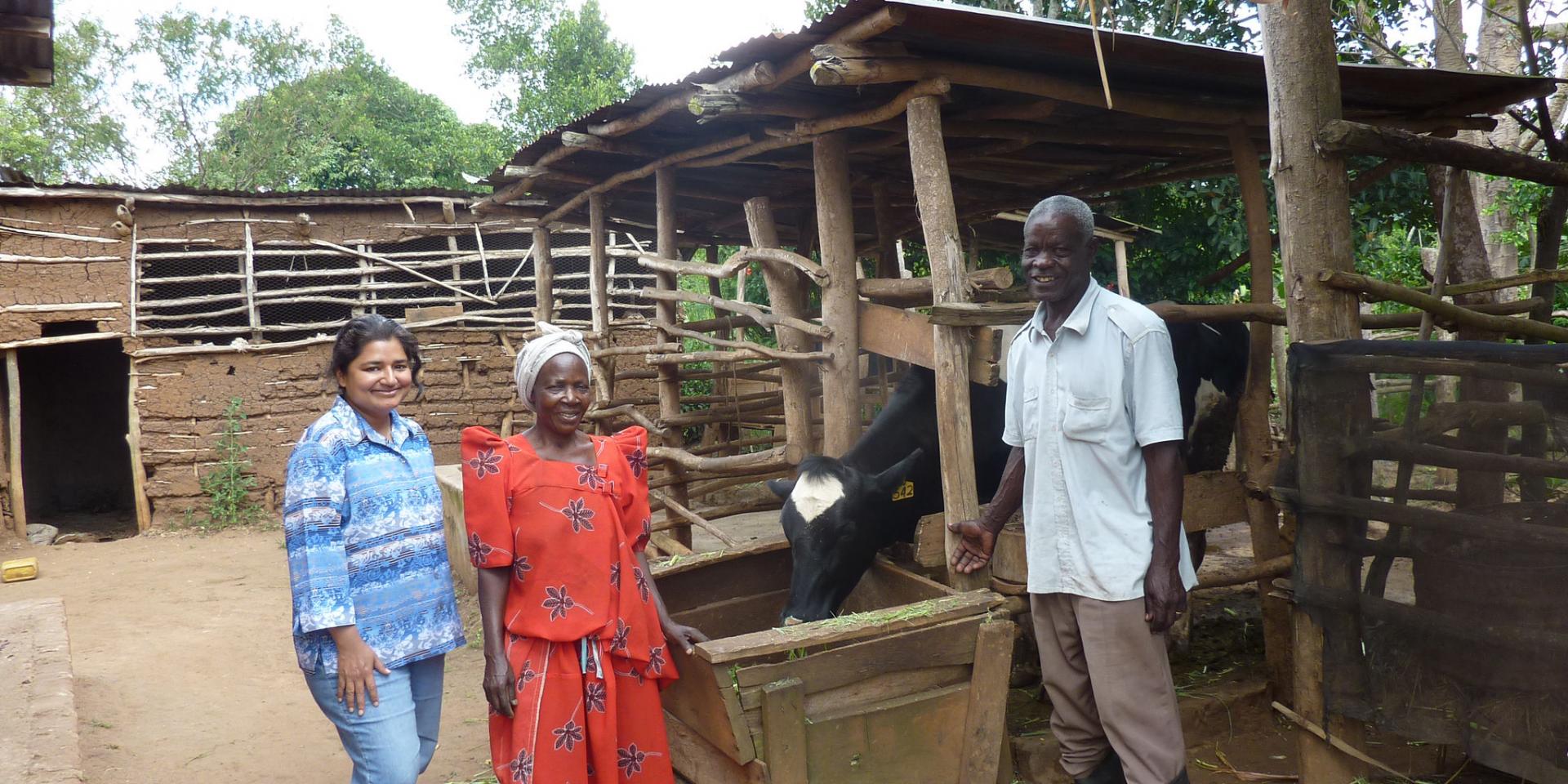Closing the gender gap to fight Rift Valley fever and other zoonotic diseases
 Photo: Basu/ILRI.
Photo: Basu/ILRI.
Targeting women in training and information campaigns could help control Rift Valley fever in Uganda
Fever, dizziness, blindness and even inflammation of the brain are among the potential consequences for humans infected with Rift Valley fever. This viral zoonotic disease strikes farm animals, such as camels, cattle, goats and sheep, when they are bitten by infected mosquitoes. It can be transmitted from farm animals to humans when livestock keepers and abattoir workers, for example, come into contact with raw meat or milk.
Rift Valley fever was first reported in Uganda in 2016 and is now considered endemic. The disease can be controlled through vaccination, and the Ugandan government is reviewing vaccine options, although formal approval is still pending. Active surveillance and reporting as well as information campaigns on proper precautions to avoid human infection have already been put in place.
However, despite their important roles in raising and caring for livestock, women are largely barred from accessing information on the disease, from training and from technologies such as vaccines. In a new brief, International Livestock Research Institute (ILRI) scientists Jane Namatovu, Emily Ouma and Zoë Campbell outline the many reasons why including both women and men in disease-control efforts will be essential to curb Rift Valley fever in Uganda.